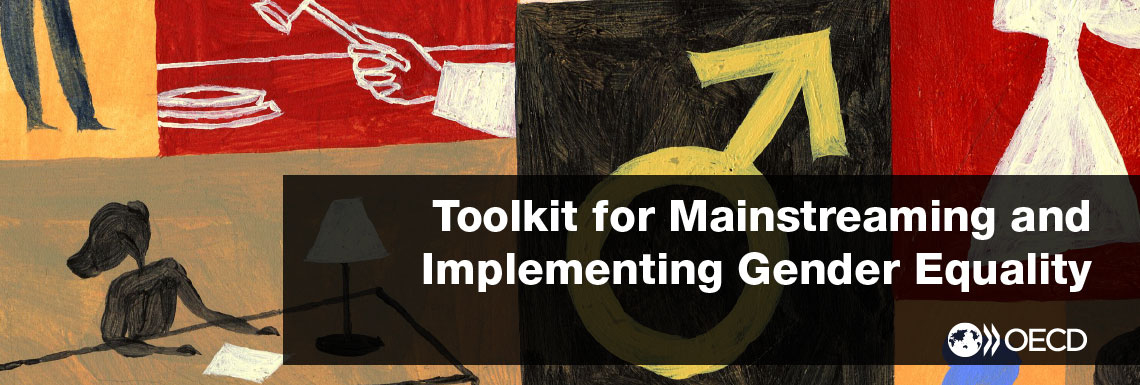Executive accountability for the outcomes of gender equality efforts is clearly defined and well embedded in performance management and recognition systems
SELF-ASSESSMENT QUESTION
- Is executive accountability for gender equality in public employment clearly defined in gender-related policies?
- Is it embedded in performance management and recognition systems in public sector organisations?
WHY IS IT IMPORTANT?
Well-defined executive accountability mechanisms for promoting and monitoring gender balance at organisational and individual levels not only engage leaders and managers, but also provide a vital incentive for change. In contrast, when gender equality is presented as everyone’s responsibility, it may be perceived as no one’s responsibility.
Effective accountability reinforces legal provisions in favour of gender equality and equity. In contrast, ineffective accountability may make it difficult for employees to seek recourse in cases of unfair treatment.
Using performance management systems to establish clear accountability at all levels can help overcome gender balance barriers. Integrating targets – such as hiring, development or promotion targets – for gender equality into the performance agreements of senior and middle managers is one way to enhance accountability. Recognition systems can be used to reinforce positive action in enhancing gender equality.
Managers do not always recognise that men and women are treated differently in the workplace and that they face different challenges during hiring and promotion processes. Gender-related training can enhance managers’ awareness and thus contribute to the promotion of gender diversity and balance.
Regular reporting on gender issues and the attainment of gender objectives can deepen executive accountability; furthermore, it offers opportunities to rethink and revisit gender equality strategies and actions and to potentially improve gender outcomes. Employee engagement surveys can also provide important insights about executive effectiveness in gender balance initiatives.
ACTIONS TO CONSIDER
- Clearly defining and widely communicating executive accountability;
- Developing gender equality indicators and integrate gender balance targets into the performance agreements of senior and middle managers;
- Using performance management and recognition systems to promote executive accountability for gender balance; develop incentives for meeting gender-balance performance objectives;
- Providing gender-related training to all managers and people carrying accountability for the development and implementation of gender policies;
- Integrating appropriate reporting mechanisms to enhance executive accountability;
- Developing coaching and mentoring programmes to assist executives with gender-related issues;
- Using employee engagement surveys to gather perception data about executive effectiveness in promoting gender equality.
PITFALLS TO AVOID
- Diffusing accountability for gender equality: everyone’s responsibility becomes no one’s accountability;
- Considering that all managers are aware and knowledgeable of gender biases and their impact on their management activities;
- Not considering the impact of unconscious gendered biases on organisational culture and performance.
COUNTRY EXAMPLES
Canada
Employment Equity Policy and Management Accountability Framework
The Employment Equity Policy was first introduced on October 6, 1994. The policy states that the department must “hold management at all levels accountable for the implementation of employment equity by integrating employment equity objectives into managers' accountability statements and performance assessments”.
In line with this policy, deputy heads of departments and agencies are accountable for the results and progress in achieving equitable representation within their own organization. Hiring managers have direct responsibility to increase representation through a sub-delegated model for staffing, which includes internal appointments, recruitment from outside of the public service, positive practices and inclusive work environments, learning, development and retention of equity group member.
The performance of deputy heads is assessed annually through the Management Accountability Framework, and overall performance on employment equity representation is reported on to Parliament in the report on Employment Equity in the Public Service of Canada.

